Ein glasklarer Teich kann plötzlich wie eine Kinderstube wirken, wenn aus den Froschlaichsträngen Hunderte von zappelnden Jungtieren schlüpfen. Für manche Teichbesitzer ist dieses Schauspiel pure Naturmagie; andere hingegen befürchten sofort trübes Wasser, angefressene Pflanzen oder Fische, die unter den Seerosen verschwunden sind. Wer versteht, was Kaulquappen eigentlich tun – und welchen Platz sie im Nahrungsnetz einnehmen –, kann entscheiden, ob er sie willkommen heißt, ihre Population reguliert oder ihren Bestand reduziert, ohne das mühsam geschaffene Gleichgewicht zu stören.
Warum gibt es Kaulquappen in Ihrem Teich?
Frösche und Kröten werden von sauberen, stehenden oder langsam fließenden Gewässern mit vielen Versteckmöglichkeiten angezogen. Bietet Ihre Gartenoase flache Uferbereiche, Uferpflanzen, warmes Sonnenlicht und vor allem eine geringe Schadstoffbelastung dank solarbetriebener Geräte, wird sie zum idealen Ort für die Eiablage. In einer ruhigen Ecke hinter einem Stein, geschützt vor der Strömung eines Poposoap-Schwimmbrunnens , können bis zu 4.000 Eier in einer einzigen Nacht abgelegt werden. Nach zwei Wochen schlüpfen die Kaulquappen – und schon bald werden online vermehrt Teichfotos gesucht.

Was Kaulquappen in einem Teichökosystem tun
In den ersten Lebenswochen verhalten sich Kaulquappen wie winzige Staubsauger. Sie raspeln Algen von Steinen, weiden Biofilm ab und knabbern an verrottenden Blättern, die sonst verrotten und zu unerwünschten Algenblüten führen würden. Ihre ständige Bewegung durchmischt die Grenzschicht am Teichgrund, wodurch eingeschlossene Gase freigesetzt werden und Mikroströmungen entstehen, die die mechanische Strömung einer Poposoap-Solarbrunnenpumpe ergänzen. Mit zunehmendem Alter stellen die meisten Arten auf eine omnivore Ernährung um und fressen Mückenlarven und andere weiche Wirbellose, bevor sie als Jungfrösche die Nahrungskette hinaufsteigen.
Was fressen Kaulquappen in einem Teich ?
- Frühes Stadium (Wochen 1-3) – Mikroalgen, Kieselalgen und aufgeweichtes Pflanzenmaterial.
- Mittlere Phase (Wochen 4-6) – Algen plus schwebender Detritus und vereinzelt vorbeidriftende Fischflocken.
- Spätstadium (Vormetamorphose) – Der Proteinbedarf steigt; sie picken an Insektenlarven, werfen Fischschuppen ab und fressen gelegentlich auch schwächere Geschwister.
Ein Teich, der mit einem Poposoap Solar-Teichfilter gefiltert wird, der grobe Abfallstoffe vor feinen Filtermatten und Bio-Ringen auffängt, hält die Konzentration suspendierter organischer Stoffe so niedrig, dass die Kaulquappen mit dem Grasen beschäftigt sind, anstatt nach zusätzlichem Protein zu suchen – eine gute Nachricht für empfindliche Pflanzen.
Sind Kaulquappen schädlich für Teiche?
In einem ausgewogenen Verhältnis sind sie in der Regel nützlich. Probleme entstehen, wenn flache Uferbereiche oder krautbewachsene Ecken Tausenden von Algen das Überleben nach dem Algenfresserstadium ermöglichen. Zu dicht gedrängte Algen können weiche Pflanzen kahlfressen, das Wasser trüben und hinterlassen beim Absterben der Algen einen Nährstoffüberschuss durch Abfallprodukte und abgestoßene Schalen. Reicht die Filterung nicht aus, kann ein hoher Ammoniakgehalt die Folge sein. Hier zahlt sich ein passend dimensionierter, netzunabhängiger Poposoap-Teichfilter – und die Sauerstoffanreicherung durch einen Poposoap-Teichbelüfter – aus, indem er überschüssigen Stickstoff abbaut, bevor es zu Grünalgen kommt.
Wie man Kaulquappen handhabt oder entfernt (falls nötig)
- Manuelle Entfernung – Fangen Sie die Ansammlungen in der Dämmerung mit einem weichen Netz ab, wenn sie sich zum Fressen an der Oberfläche versammeln, und setzen Sie sie dann in einem Wildfassteich oder einem nahegelegenen Graben aus.
- Reduzierung der Laichplätze – Senken Sie den Wasserstand nach dem Laichen, damit flache Pfützen austrocknen, oder füllen Sie sie mit grobem Kies auf.
- Unterstützung für Fressfeinde – Gesunde Kois und Goldfische fressen Eier und kleine Kaulquappen. Sorgen Sie für ausreichend Versteckmöglichkeiten durch Pflanzen, damit die Fische das Populationsgleichgewicht nicht stören.
- Belüftung – Ein Poposoap Solar-Teichbelüfter sorgt für anhaltende Oberflächenwellen in ruhigen Nebenarmen und hält so ausgewachsene Tiere davon ab, dort überhaupt erst Fäden zu legen.
- Filtrationsunterstützung – Poposoap Teichfilter entfernen die gelösten Nährstoffe, die Insektenschwärme und Algenblüten anlocken – das Buffet, das das Überleben der Kaulquappen fördert.
Wenn Sie sich fragen , wie man Kaulquappen im Teich ohne Chemikalien loswird , führt die Kombination von zwei oder drei der oben genannten Schritte in der Regel dazu, dass die Anzahl innerhalb einer Saison wieder auf ein nachhaltiges Niveau sinkt.
Tipps für das Zusammenleben mit Kaulquappen
- Pflanzen Sie Ihre Pflanzen optimal – Dichte Sauerstofflieferanten (Hornkraut, Anacharis) bieten Versteckmöglichkeiten für Jungfische und kleine Fische und ermöglichen gleichzeitig Raubfischen den Zugang zu tieferen Wasserschichten.

- Anpassung der Fütterung – Reduzieren Sie die Fischrationen während der Hauptkaulquappenzeit um 10-15 %; überschüssige Pellets ernähren die Kaulquappen und die Algen, die sie lieben.
- Aufrechterhaltung des Wasserflusses – Sorgen Sie dafür, dass Ihr Poposoap-Schwimmbrunnen oder Ihr Solar-Wasserfall-Set in Betrieb bleibt; bewegtes Wasser verhindert stehende Stellen, an denen nachts der Sauerstoffgehalt sinkt.
- Wöchentliche Wassertests sind wichtig – Nach Massenmetamorphosen kommt es häufig zu Ammoniak- oder Nitritspitzen. Eine kurze Überprüfung ermöglicht es Ihnen, frühzeitig Wasserwechsel durchzuführen.
Fazit: Kaulquappen = Gesund, wenn sie artgerecht gehalten werden
Ein Teich voller Kaulquappen ist meist ein Zeichen dafür, dass vieles gut läuft: Das Wasser ist schadstoffarm, die Pflanzen bieten Schutz und das Mikroökosystem kann die Jungtiere ernähren. Lässt man sie jedoch unkontrolliert, können diese kleinen Nager das Gleichgewicht trüben und die Vegetation beschädigen. Die richtige Balance ist entscheidend. Durch Abschöpfen, Verdünnen und Umwälzen des Wassers mit solarbetriebener Poposoap-Belüftung und -Filterung bleibt der Sauerstoffgehalt hoch und die Abfallmenge gering. So genießen Sie jeden Frühling ein lebendiges Lernumfeld, ohne auf den klaren Blick auf die Fische unter den Seerosenblättern verzichten zu müssen.
Wenn Sie das nächste Mal einen Schwarm Kaulquappen unter der Wasseroberfläche entdecken, denken Sie daran: Kaulquappen im Teich sind ein Zeichen des Vertrauens der Natur. Mit ein wenig Unterstützung – und der unauffälligen Hilfe der umweltfreundlichen Geräte von Poposoap – werden sie Beine bekommen, davonhüpfen und Ihr Wasser sauberer hinterlassen, als sie es vorgefunden haben.




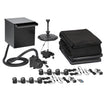
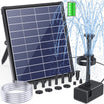
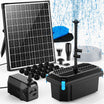
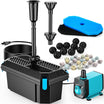
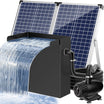
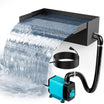

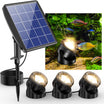
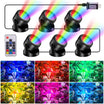

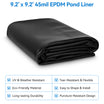
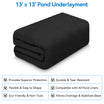

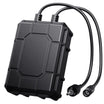
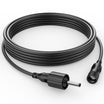

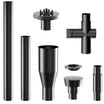
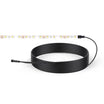
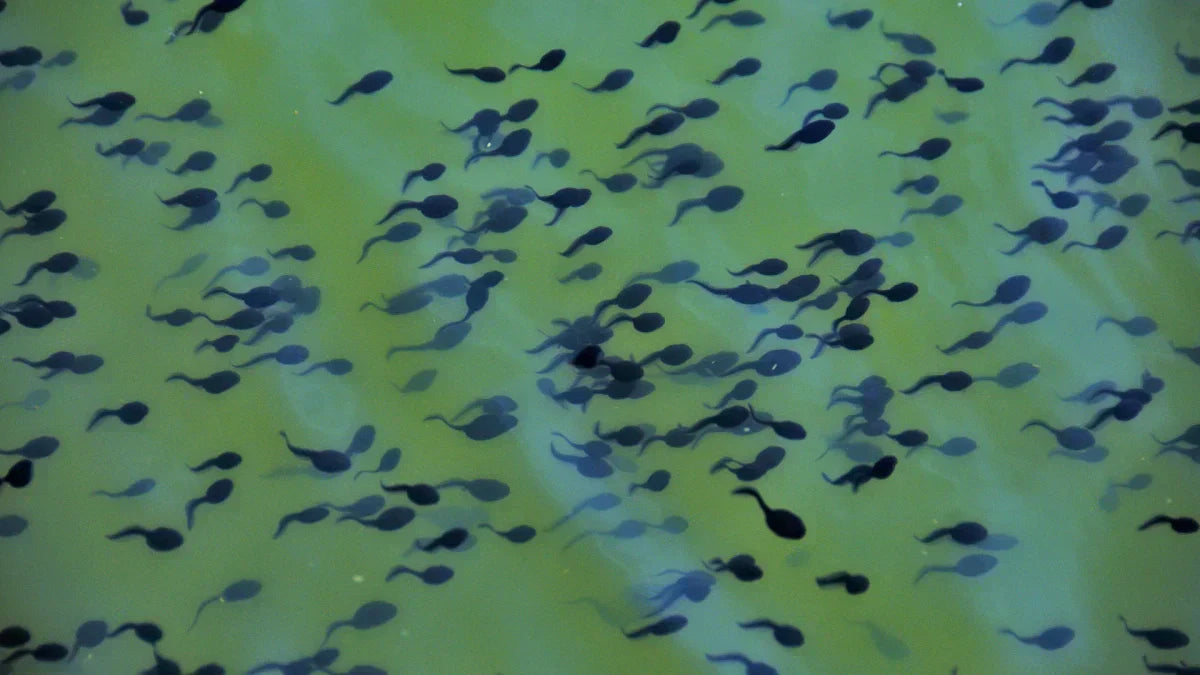

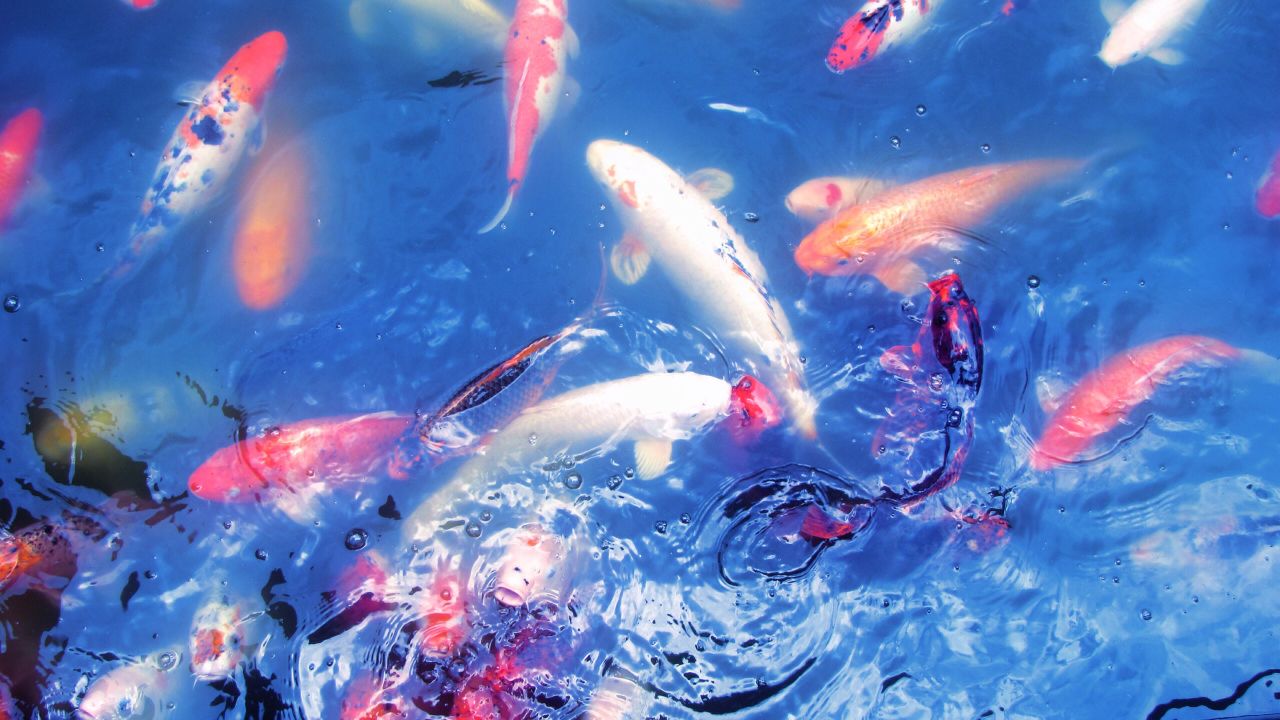

Hinterlasse einen Kommentar
Alle Kommentare werden vor der Veröffentlichung geprüft.
Diese Website ist durch hCaptcha geschützt und es gelten die allgemeinen Geschäftsbedingungen und Datenschutzbestimmungen von hCaptcha.